Get ready to immerse yourself in the enchanting state of Rajasthan! A cinematic wonderland that looks like it's been pulled straight out of a movie set! This breathtaking state in India is known for its ancient palaces and majestic forts that are definitely worth exploring and will surely take you back in time! Our Rajasthan Tour Package from Nepal is made for history lovers and cultural enthusiasts who are looking to visit the most impressive cities and towns of India, renowned for their cultural and historical significance.
On this 11 days Rajasthan tour, you will go on an unforgettable journey full of amazing adventures and experience the rich culture and traditions of Rajasthan by visiting old-classical havelis and grand palaces famous for Mughal and Rajput architecture. Additionally, you will be visiting the mesmerizing Fateh Sagar and Gadisar Lake that will provide you a serene getaway, as Rajasthan is not only about deserts! You’ll also get to spend a magical night stargazing in the Thar desert, accompanied by a camel safari ride in the early hours of dawn/evening. Encompassing various beautiful and unique experiences, Rajasthan is a slice of heaven waiting to be discovered by you!
Discover the wonders of Rajasthan by visiting these top-notch destinations that will surely take your breath away!
Rajasthan - Land of Kings
One of India’s top destinations has to be Rajasthan! Also known as the Land of Kings, Rajasthan was previously known as Rajputana (Land of the Rajputs), where this state was ruled by many great monarchs and dynasties in the past. This state has numerous stunning royal palaces, forts, and museums that have helped preserve its rich cultural heritage. Located in the northwestern region of India, Rajasthan is the largest state in India in terms of area. Comprising 50 districts, with Jaipur being the capital city, this state is renowned for its tropical desert climate, along with its land area, hugely making up the Thar Desert (also known as the Great Indian Desert).
Being a culturally rich state, the main religion followed here is Hinduism, with Islam, Jainism, Christianity, and Sikhism making up the minority group. Likewise, some of the most common languages spoken in Rajasthan include Hindi, Rajasthani, and Marwari, among others. Additionally, the food culture in Rajasthan follows a harmonious blend of spicy and sweet flavours, with some of the most signature dishes in the state being Dal Baati Churma, Mirchi Bada, Gujia, and Rajasthani Kadi. For travelers looking to visit a state that is rich in history and culture, Rajasthan has to be included in your top picks. In this glorious state, you will be visiting these fantastic locations:
Jaipur - The Pink City
Jaipur, a magnificent city and district in Rajasthan, is also the capital of Rajasthan. Comprising 467 square kilometers, this city is also nicknamed the “Pink City” as many of the buildings in this city are colored a dusty shade of pink. Interestingly, looking into the past, the king (Maharaja Sawai Singh) at that time painted the whole city pink to welcome the Prince of Wales. Many tourists travel to Jaipur to witness its ancient forts, luxurious palaces, holy temples, and beautiful art galleries. Moreover, the markets in the city have also invited many travelers from far corners of the world, as these areas are vibrant and lively that sell handicraft items such as glass bangles, Jaipuri shoes, traditional jewelleries, paintings, and potteries that Jaipur is known for. These handicraft products also help to reflect Rajasthan’s rich culture and heritage. Furthermore, this glorious city is also part of the Golden Triangle with Delhi and Agra. In and around this picturesque city, you will be exploring these destinations:
- Thikana Mandir Shri Govind Dev Ji: Also known as Govind Dev Ji temple, this temple was built by Maharaja Sawai Pratap Singh in 1735 and is dedicated to Lord Govind Dev Ji, a form of Lord Krishna. In the innermost sanctuary, the models of Lord Govinda, Radha, Sakhi Lalita, and Sakhi Vishakah are kept. The temple is constructed using the Hindu Rajput and Islamic Mughal styles, which is surely a beautiful sight to witness! During special occasions such as Krishna Janmashtami and Holi, this temple is decorated beautifully with many devotees visiting the temple. Upon visiting this splendid temple, you can complete the darshan activity and take in the serene and peaceful energy of the temple.
- Tadkeshwar Mahadev Mandir: This temple, dedicated to Lord Shiva, is another prestigious temple of Jaipur. Many devotees believe that the shivling worshipped here manifested itself. A major highlight of the ancient temple is the statue of Nandi (bull), which is made of brass. Many pilgrims also worship Nandi along with Lord Shiva. According to Hindu mythology, many pilgrims who whisper their wishes into the ears of Nandi have their wishes fulfilled (as she is considered the messenger of Lord Shiva). The halls of this temple are made out of marble slabs, where, in many of the walls, there are paintings and pictures of various Hindu deities.
- Hawa Mahal: Also known as the Palace of Winds, it is Jaipur’s most celebrated destination. This palace was built in 1799 by Maharaja Sawai Pratap Singh II and was constructed using red sandstone, which gives the building its brilliant red color. The most prominent and noticeable feature of this palace is the 953 ornate louvered windows, which are not only an architectural wonder to see in real life but also help to keep this ancient palace cool during summer. Considered an iconic symbol in Rajasthan, in the past, the mahal was built as an extension of the women’s chamber of the City Palace and worked as a viewing screen where many women of the Royal family used the windows to view the outside area.
- The City Palace: Built by Maharaja Sawai Singh II in 1727, this spectacular palace follows a blend of Rajasthani and Mughal architecture and is constructed by using red and pink sandstone. In the past, this palace served as a residential area of Jaipur’s royal family. This grand palace has three entry points (Virendra Pol, Udai Pol, and Tripoli Pol) and has many courtyards and gardens with brilliant palaces - Mubarak, Chandra, and Maharani Mahal, which were used by the Royal family in the past.
- Jantar Mantar: A unique and interesting travel destination in Jaipur, built by Maharaja Sawai Singh during the 17th century. This astronomical observation site is a UNESCO World Heritage site where there are 20 fixed instruments used to observe the astronomical positions of planets and stars, with some of the popular ones being the Sundial, Samrat Yantra, Disha Yantra, and Kapala Yantra. This destination is an ideal location for science and history lovers, as you can see ancient instruments that were used in the past to measure locations and positions of celestial objects of the universe and many other scientific innovations.
- Jal Mahal: If you’re looking for a picturesque place to take photos of in Jaipur, then Jal Mahal (water palace) is the perfect location for you! The palace can only be observed from the outside, as the bottom four floors are submerged in the Mansagar Lake and entry to this beautiful Mahal has been restricted. The Mahal is constructed using red sand stone and was built in the Rajasthani and Mughal architecture.
- Amer Palace and Fort: Visit the Amer Palace and Fort that was built by Raj Man Singh I and is located on the hills of the Aravalli range. Marked as a UNESCO World Heritage site, this palace/fort is made using red sandstone and follows a blend of Rajasthani and Mughal architecture. This fort has been divided into 4 sections, each of which has its own courtyard and houses Diwan-e-Aam, Diwan-e-Khaas, Sukh Niwas, and Sheesh Mahal, respectively.
Mandawa - The Town of Havelis
The city of Mandawa, located in the Jhunjhunu district of Rajasthan, is famous for its historical attractions, ancient museums, and outdoor attractions. As there are many ancient and historical havelis, the city is also nicknamed as the “town of havelis”. In the past, Mandawa was the major stop for wealthy merchants who traveled through the Silk route for their work. Many of the merchants built their homes in this town, hence resulting in the numerous numbers of exquisite and luxurious havelis. For travelers who love art and history, then this city can be an ultimate dream destination for you! In and around the splendid city of Mandawa, you will be exploring these destinations:
- Binsidhar/Bansidhar Newatia Haveli: The Binsidhar/Bansidhar Newatia Haveli is bound to take you on a historical journey back to the past. Established in 1921, this haveli will provide you a glimpse into the lifestyle of the Rajput rulers. The haveli has many paintings and colorful drawings that are some of the main highlights of the haveli.
- Castle Mandawa Hotel: Also known as Mandawa Fort, this hotel was previously a fort and later changed into a heritage hotel. Established by Thakur Nawal Singh in the 18th century, this hotel/fort was constructed in a Rajput and Mughal style. The interior of this hotel/fort has mesmerizing paintings and frescoes that help you to catch a glimpse of Mandawa’s rich history. These pieces of artwork are not only beautiful to see in real life but also tell the stories of historical/cultural events that took place in the past days. Additionally, there are also courtyards and havelis here as well that have helped preserve the fort’s history.
- Murmuria Haveli: Visit Murmuria Haveli, which is one of the oldest havelis in Mandawa. The Haveli is said to have been in the 19th century, whereupon visiting it, you can see various artworks painted on the interior and exterior walls of the haveli. In the past, this haveli was said to be the residential place of rich merchants of Mandawa.
Bikaner - The Desert Jewel of Rajasthan
Bikaner is a city that is located in the northwestern region of the state of Rajasthan. In the past, this city was a central hub for business and trade as it served as an essential trading route with central Asia and India. Due to the city being located in the Thar desert, it is also called the desert jewel of Rajasthan. At present, this desert city is renowned for its magnificent forts, ancient temples, vibrant markets, and luxurious palaces. Explore these scenic destinations in and around Bikaner that will take you on unforgettable adventures!
- Junagarh Fort: Previously known as Bikaner’s Fort, it is one of Bikaner’s top tourist destinations that was built around the 15th century. To enter this beautiful fort, there are seven gates, out of which 2 are the main gates (Suraj Pol and Karan Pol). With this, the fort has many temples, palaces, gardens, and courtyards, and also a museum, and most of these buildings follow the Rajput and Mughal architecture.
- Karni Mata Temple: Also known as the rat temple, it is one of the most unique temples in India! This temple is dedicated to Goddess Karni Mata, who is said to have been a form of Goddess Shakti. When you enter the temple, you will be welcomed by many rats, which are considered to be holy and are even worshipped inside the temple. As strange as it may sound, the rats here are considered to be protecting the temple against any harm. It is also believed that paying respects to these rats is bound to bring good fortune, blessings, and prosperity in one’s life.
- Gajner Palace: Built of red sandstone, the Gajner Palace stands in front of the picturesque Gajner Lake, around 30 kilometres from Bikaner. Constructed using a blend of Rajasthani, Mughal, Jain, and European architecture and designs, the main highlights of the palace are the Jharokhas (balconies), Chattris (pavilions), and Jaalis (latticed screens). In the past, the palace served as a hunting lodge for Maharaja Ganga Singh, which was later turned into a hotel in 1976 that was also visited by the Prince of Wales, General Lord Elgin, and Lord Mountbatten in the past. Additionally, the hotel is divided into four main wings: Dungar Niwas, Mandir Chowk, Gulab Niwas, and Champa Niwas, and is located in front of the beautiful Gajner Lake.
- LalGarh Palace: Constructed in the 19th century by Maharaja Ganga Singh, it combines European, Mughal, and Rajput architectural styles. Made out of red sandstone, this palace also has a museum and a private library as well. In the present time, the palace is being used as a heritage hotel that is owned by the trust of Maharaja Ganga Singh. Additionally, this palace has many halls, rooms, pavilions, pillars, and fireplaces that have all been designed beautifully.
Jaisalmer - The Golden City
If you are someone who is interested in art and history, then this ancient city in Rajasthan is a perfect destination for you! Brimming with old-style sandstone buildings, magnificent merchant havelis, and golden sand dunes, Jaisalmer has earned its name as the Golden City. This city was founded during the 12th century by Rawal Jaiswal and is located in the northwestern region of Rajasthan. In the beautiful city of Jaisalmer, you will be visiting these remarkable and phenomenal destinations:
- Gadisar Lake: One of the top tourist spots in Jaisalmer to visit is the Gadisar Lake, which was built during the 12th century by Rawal Jaisal (a Rajput ruler). Due to Jaisalmer being located in the Thar desert, the king built this artificial lake to avoid water shortage problems in the city, while in the present time the lake is more of a tourist spot. There are many intricately designed pavilions spread across the lake where travelers are also seen boating in its peaceful waters where many local souvenir shops are also located just outside the lake area.
- Vyas Chhatri: The Vyas Chhatri is one of the iconic landmarks in Jaisalmer. The Vyas Chhatri was built to honour Sage Veda Vyas (a renowned Hindu rishi). The destination consists of numerous pavilions (chhatris) that are constructed out of yellow sandstone. The beauty of Vyas Chhatris is surely the pavilions that are intricately decorated with various carvings that depict Hindu mythologies and consist of various traditional designs and patterns.
- Jaisalmer Fort: A must-visit sight in Rajasthan is the Jaisalmer Fort, also known as Sonar Quila in the local language. Marked as a UNESCO World Heritage site, the fort was built in the 11th century by Rawal Jaisal (a ruler). The architecture of the fort includes many palaces, temples, and gates that are designed in an intricate manner and follow the mixture of Islamic and Rajput designs and are constructed with yellow sandstones.
- Hindu and Jain Temples: As there are numerous Hindu and Jain temples in Jaisalmer, you will be taken to ones that are the most popular and most convenient to reach during your travel. Visiting these temples will provide you with a look into the rich culture and traditions of Jaisalmer that will surely make your travel days educational and enriching.
- Nathmal Ki Haveli: Jaisalmer is known for its ancient havelis! The Nathmal Ki Haveli was the former residence of Diwan Mohata Nathmal, who was the Prime Minister of Jaisalmer in the past. Constructed in 1885, this architecture of the haveli follows a harmonious blend of Rajput, Rajasthani, and Islamic designs. The haveli is built from yellow sandstone, which is a hallmark of Rajasthani architecture. A major highlight of the haveli is the exterior walls, which are decorated in intricate designs and images that are beautiful to witness in real life.
- Salim Singh Ki Haveli: Built in 1815, yet another magnificent haveli in Jaisalmer was the residence of Salim Singh Mahto, a renowned prime minister of the city. It is said that this haveli was built to show the power and status of the prime minister. Constructed in yellow sandstone, the central points of this beautiful haveli are the peacock-shaped roof, multiple jharokhas (overhanging balconies), and extravagant windows that are crafted with intricate details and fine designs.
- Kothari’s Patwon Ki Haveli: Also known as Patwa haveli in the local language, this haveli was built in the 18th century by a rich merchant in Jaisalmer and consists of 5 buildings. The main Haveli today stands as a significant artefact that has helped to preserve the history and culture of Jaisalmer. Constructed with yellow sandstone, the haveli follows a blend of Rajput, Mughal, and Victorian architecture. The interior of the haveli has many mirror works, antique furniture, and artefacts from the past.
- Sames Sand Dunes: The Sames Sand Dunes is located approximately 41 kilometers from Jaisalmer in the Thar desert. The desert is famous for its golden sand, mesmerizing sunsets, and different camping and cultural activities that are done in the desert. Additionally, this area was said to have been named after Samaalayuca, a desert town in Mexico. You'll stay overnight in a luxury Swiss tent, enjoy the vibrant cultural shows and go on an epic camel safari in this beautiful desert.
Jodhpur - The Blue City
Popular for its ancient buildings, Jodhpur is the second largest city in Rajasthan. The city was founded by Rao Jodha in 1459 and has been a trade center since the past. Also known as the blue city, the reason for the buildings being painted a striking blue color is multifold. One reason is that in the past, the Brahmin community wanted to denote their caste by painting their houses blue. Another reason is that due to Jodhpur’s climate being warmer, coloring the buildings blue helped to keep the interiors cool. This blue city has many vibrant markets that are famous for handicraft products, lacquer work, felt, and leather products. While in Jodhpur you will be visiting and exploring these fantastic destinations:
- Umaid Bhawan Museum: Built by Maharaja Umaid Singh during the 19th century, this grand museum was solely a palace that the maharaja built to provide employment opportunities for the villagers of the city. In the present, this grand museum is divided into three parts: the royal residence, the hotel area, and the museum. Additionally, the museum was constructed using yellow sandstone and has a collection of artifacts, vintage clocks, weapons, and royal attire that help travelers catch a glimpse of the rich and lavish lifestyle of the royal families that lived in the palace.
- Ghanta Ghar and Market area: One of the iconic landmarks of Jaipur is the Ghanta Ghar, also known as the clock tower in Jodhpur. The clock tower was built during the 18th-19th century by Maharaja Sardar Singh. The clock tower is divided into 5 levels where a gigantic dome sits at the top level. The clock tower is decorated with intricate details that are made to be constructed from sandstone. Around the Ghanta Ghar area, there are also numerous markets that have been a popular site for many tourists as well. These vibrant markets sell many varieties of products, from ceramics, spices, clothing wear, and footwear.
- Jaswant Thada: The Jaswant Thada is a cenotaph (a memorial ground) that was built to honour Maharaja Jaswant Singh II in the 18th century. In the present time, the Jaswant Thada is looked after by the Mehrangarh Museum Trust. The memorial ground is made out of marble and constructed in traditional Rajasthani architecture. A major highlight of this memorial ground is the architecture, as it is made using a harmonious mixture of Rajasthani and Mughal designs. Moreover, the memorial ground is built by using white marble, giving the whole building a clean and polished look.
- Mehrangarh Fort: Built in 1459 by Rao Jodha, this fort is located on a range of sandstone hilltops. The fort has many attractive palaces with courtyards that have helped to preserve the rich history and cultural heritage of Jodhpur. In addition to this, there are numerous galleries that showcase a wide range of Mughal artworks, textiles, traditional armours, miniature paintings, furniture, and ancient costumes.
Udaipur - Venice of the East
Udaipur, one of the most majestic cities in India, is popular for its cultural, historical, and natural attractions. This city was founded by Maharaja Udai Singh in the 15th century and is located in the Girwa Valley to the southwest of Nagda. Also called the “Venice of the East”, Udaipur is given this title due to the fact that, like Venice, a city in Italy that is connected by waterways, Udaipur is also surrounded by many mesmerizing lakes. Additionally, some of the most renowned lakes in the city include Fateh Sagar Lake, Lake Pichola, and Dudh Talai. In terms of culture and religion, there is a mixed population of both Hindu and Muslim people residing in the city. To discover the beauty of this enchanting city, you will be visiting these fantastic destinations in and around Udaipur:
- Ranakpur Jain Temple: Located approximately 90 kilometers from Udaipur, the Ranakpur Jain temple is surely a sight to behold! Dating back to the 15th century, the temple is located in the Pali district and has remained a major religious site for pilgrims who follow the Jain religion. The Ranakpur Jain temple is dedicated to Adinath, a prominent figure in the Jain religion. Furthermore, this magnificent temple has four entrances and numerous temples, with a few of the popular ones being the Chaturmukha temple, the Suparshvanatha temple, and the Sethi Ki Baadi Temple. Moreover, the temple consists of 1444 pillars, 24 pillared halls, accompanied by 80 domes and 5 spires that have a shrine built underneath it.
- Udaipur City Palace: The City Palace is one of the most renowned locations in Udaipur. Situated in front of the Pichola Lake, the Udaipur Palace was built in the 15th century by Maharana Udai Singh. The main palace consists of 11 palaces that are made using a combination of granite and marble and the architecture follows a blend of European and Chinese designs. In the past, the palace was the residence of the Mewar dynasty and later turned into a museum in 1969. A few popular spots in the palace include the Mor Chowk, Ganesh Deodi, Baadi Mahal (Garden Palace), Zenana Mahal, and the galleries.
- Jagdish Temple: Visit the Jagdish temple that was built by Maharana Jagdish Singh in the 16th century. The temple is dedicated to Lord Jagannath, a form of Lord Vishnu. The temple is built in an old style with influences of Indo-Aryan architecture. The three story temple is built on a raised platform with the idol of Lord Vishnu kept in the innermost sanctuary. Additionally, the temple also houses holy shrines of other Hindu deities such as Lord Shiva, Ganesh, and Goddess Shakti.
- Bhartiya Lok Kala Mandal: This cultural institution was established by Devi Lal Samar in 1952. The institution has many areas of interest, as there is a museum along with a Govind puppet theatre, a training and development center, a craft training center, a souvenir shop, folk dance, and a puppet repertory (a collection of artistic works), among other services. The institution also currently works towards studying the rich folk art, culture, songs, and festivals of Rajasthan, Gujarat, and Madhya Pradesh and in turn has helped to preserve the culture, traditions, and history of India.
- Maharana Pratap Smarak: Visit the Maharana Pratap Smarak, a memorial dedicated to Maharana Pratap (a renowned king of the Mewar dynasty) in Udaipur. As king, Pratap was known for his courage and resilience in Udaipur, who unfortunately lost his life in the fierce battle of Haldighati. This memorial stands as a testament to his courage and bravery. Furthermore, the memorial features a bronze statue of the king and his beloved horse, Chetak, and was built to honor and pay respects to the brave king.
- Fateh Sagar Lake: For a peaceful and calming retreat, the Fateh Sagar Lake is the ideal spot for you! This is an artificial lake that was built in 1678 by Maharaja Jai Singh and later renamed by Maharaja Fateh Singh. The lake was built as a water conservation site in Udaipur and now stands as a major tourist spot. With a splendid view of the lake and Aravalli hills situated in front, you will surely be blown away by the majestic views of the lake. There are also boating facilities that travelers can enjoy in the lake as well.
- Saheliyon Ki Bari: The Saheliyon Ki Bari is a beautiful garden that was established for the royal queens and maidens of Udaipur. Built in the 18th century by Maharaja Sangram Singh, the garden was built to provide a place of solitude and privacy for the queens where they could relax and rejuvenate among the lush green trees, lotus ponds, marble pavilions, and rows of flowers. The garden today is visited by many tourists that can take a stroll in this magnificent garden. In the garden are ornate fountains that used to be a popular design choice for decorating gardens with a museum where royal (household) items of the Queen’s are displayed as well.
- Pratap Gaurav Kendra Rastriya Tirtha: Also known as National Pilgrimage, this Kendra is considered one of the most sacred sites in Udaipur. Built in 2016, this museum was built to honor Maharaja Pratap Gaurav, a renowned king of Udaipur. This historical museum has statues of Maharaja Adhiraj Maharaja Divakar and Maharana Shri Pratap Singh, along with visual displays, exhibits, and audio visual presentations. Some major attractions of the center are the Mata Mandir, Bharat Darshan Dirgha, art galleries of Maharana Pratap paintings and also statues of Swami Bhakt Chetak and Meera Bai.
- Shilpgram: Located 3 kilometers from Udaipur is the Shilpgram. For tourists who want to delve deeper into the rich culture, traditions, and history of Rajasthan, then a visit to this arts and crafts complex is a must! This Shilpgram consists of numerous traditional mud huts that are made from natural materials to help portray the rural lifestyle of the communities present there. Moreover, there are also many handicraft stalls that sell local items made by the community people with an open amphitheater (open air market) that is used for performing traditional folk arts and performances.
En route to Jaipur, you will also be visiting these destinations in Ajmer and Pushkar:
Ajmer - Heart of Rajasthan
Ajmer is both a district and a town founded by Raja Ajay Pal Chauhan, which has become a major pilgrimage site for Hindus and Muslims all over India. As this town is situated at the center of Rajasthan, Ajmer is also known as the heart of Rajasthan. In Ajmer you will be visiting the famous Ajmer Sharif Dargah:
- Ajmer Sharif Dargah: Also called Dargah Khwaja Moin-ud-din Chisti, this is a holy shrine dedicated to Khwaja Moin-ud-din Chisti, who was a prominent philosopher, scholar/saint, born in Sistan who later migrated to India. During his time in India, he preached about Islamism and helped grow this religion in the country. The shrine was built by Mughal King Hamuyan to honour and pay respects to the renowned saint, where his tomb is also present.
Pushkar
One of the oldest towns in Rajasthan is Pushkar. Considered a pilgrimage town (as there are many ancient and religious temples), the mythology of this town has attracted many devotees to visit this town from many parts of the world. According to Hindu mythology, Lord Brahma, the creator of the universe, dropped a lotus flower in the ground, which then blossomed into a beautiful lake where, in the present time, both the famous Brahma temple and lake are situated, as this site was considered holy. In Pushkar, you will be going to the famous Brahma Temple:
- Brahma Temple: Dedicated to Lord Brahma, the temple was built in the 14th century, which is said to be firstly constructed by sage Vishwamitra, which then went under several renovations. Moreover, the architecture of the temple follows Rajasthani architecture that is built from marble and stone. The main highlight of the temple is the red spire (shikhara) located on top of the holy temple. The idol of Lord Brahma made out of marble is kept in the Garbhagriha (innermost sanctum) of the temple.
Make sure to seize this fantastic opportunity of visiting Rajasthan, where you will be exploring the most renowned historical and cultural destinations and be part of this amazing 11 Days Rajasthan Tour Package from Nepal, full of fun and enriching adventures!

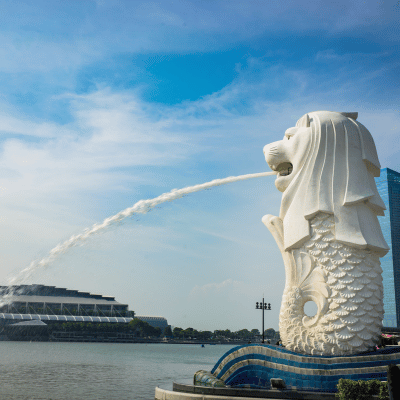 Singapore
Singapore
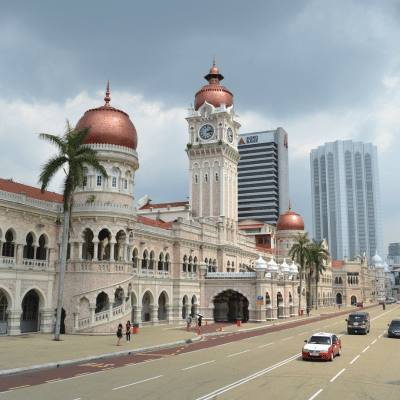 Malaysia
Malaysia
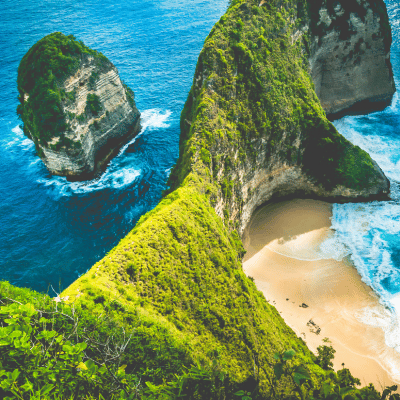 Indonesia
Indonesia
 Dubai
Dubai
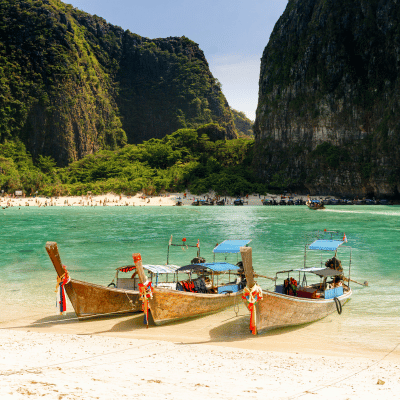 Thailand
Thailand
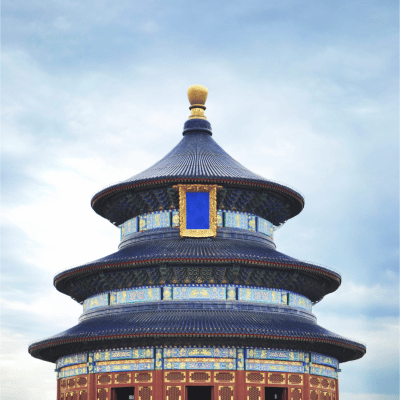 China
China
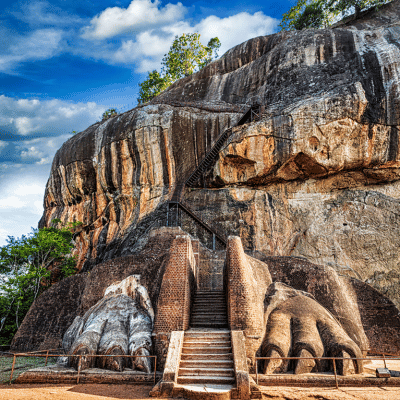 Sri Lanka
Sri Lanka
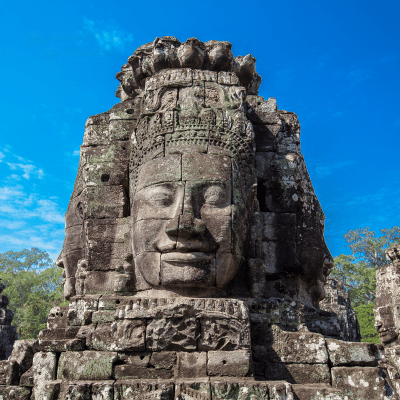 Cambodia
Cambodia
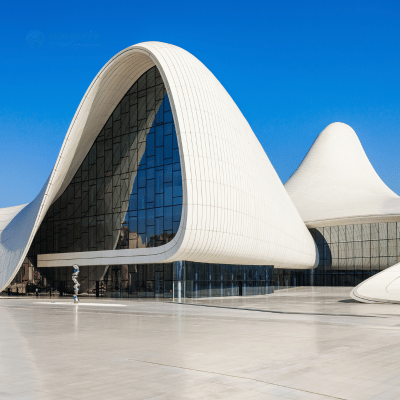 Azerbaijan
Azerbaijan
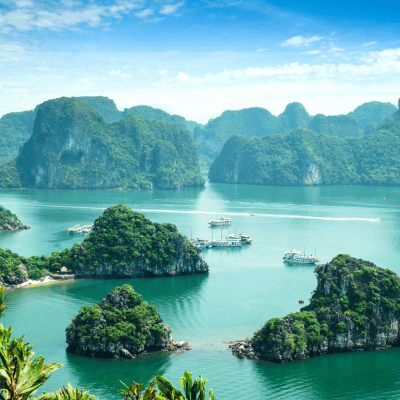 Vietnam
Vietnam
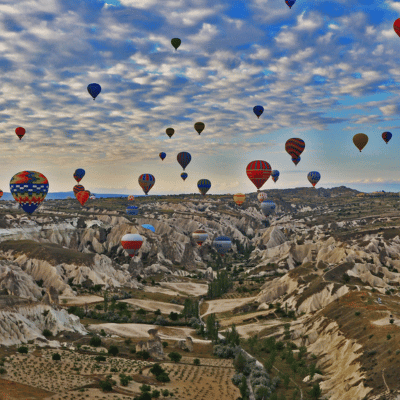 Turkey
Turkey
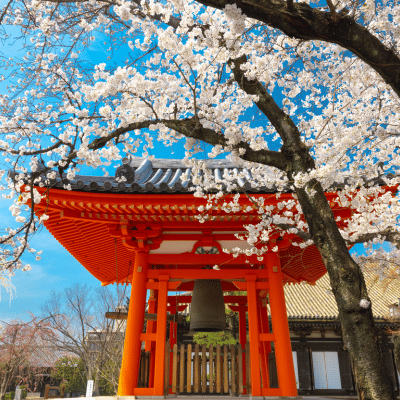 Japan
Japan
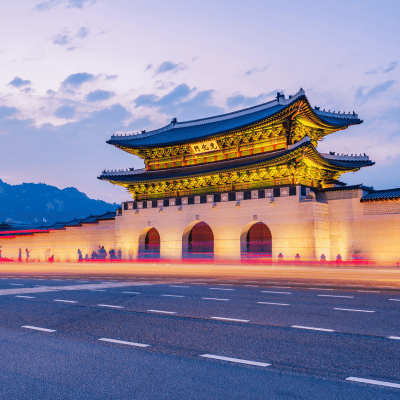 Korea
Korea
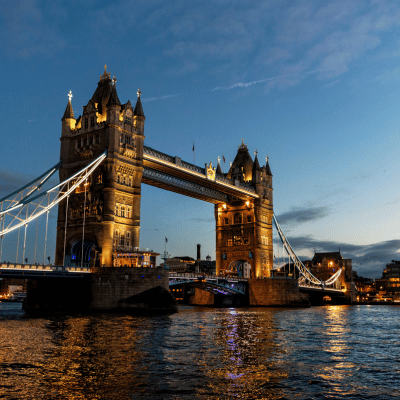 Europe
Europe
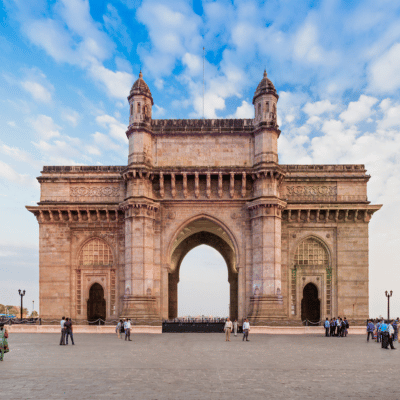 India
India
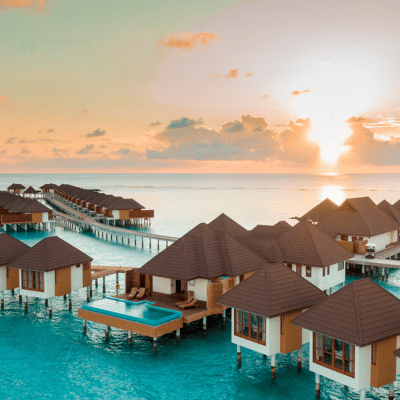 Maldives
Maldives
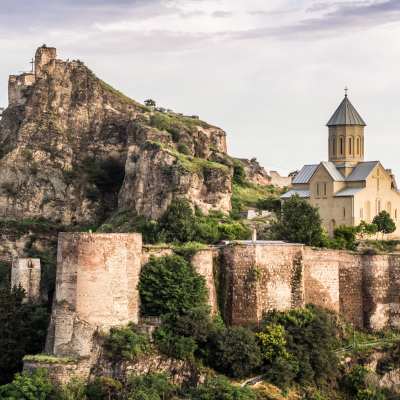 Georgia
Georgia
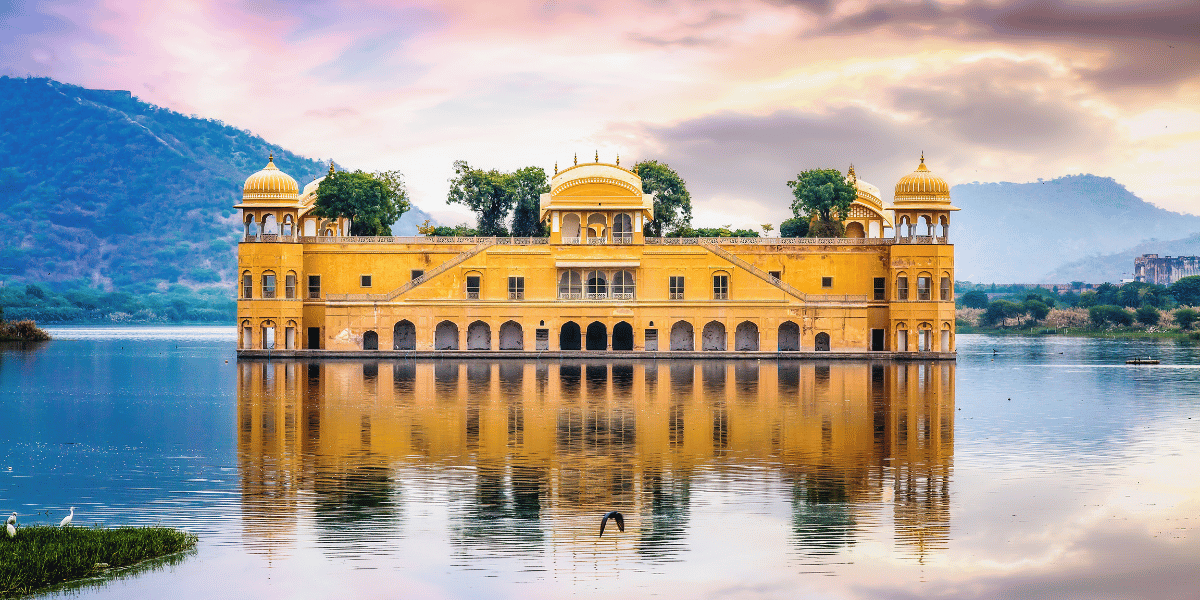
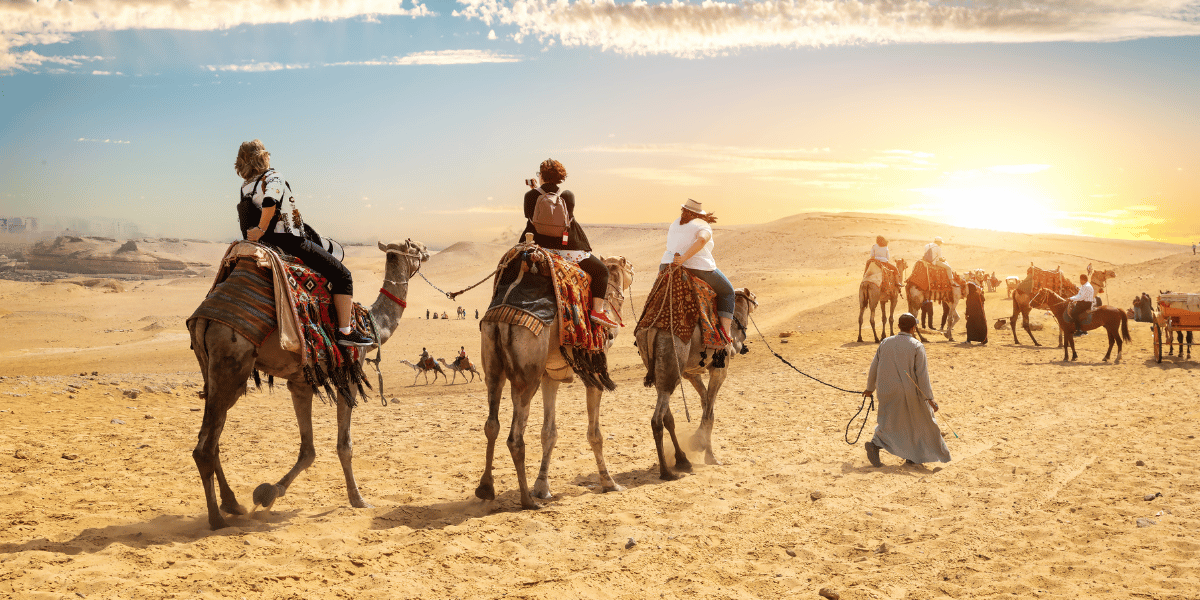
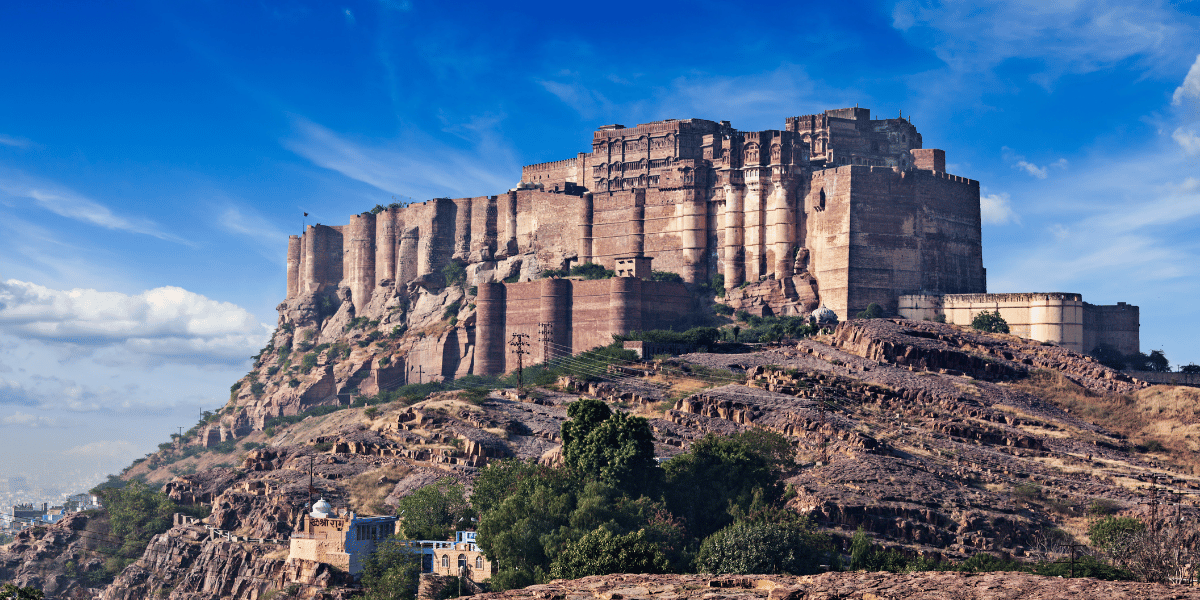
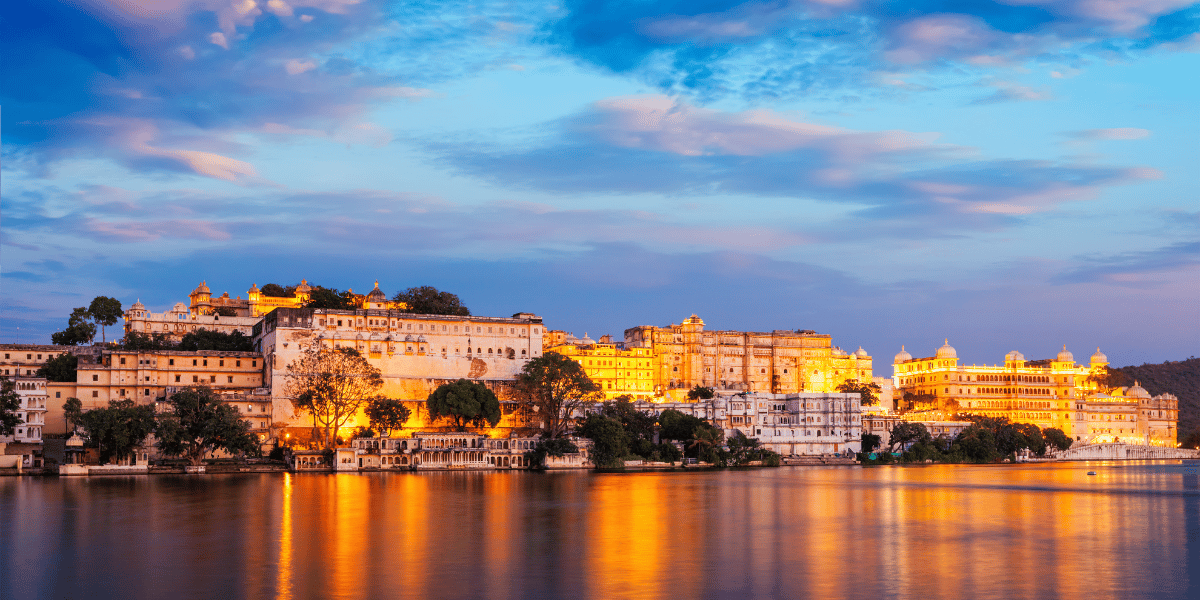

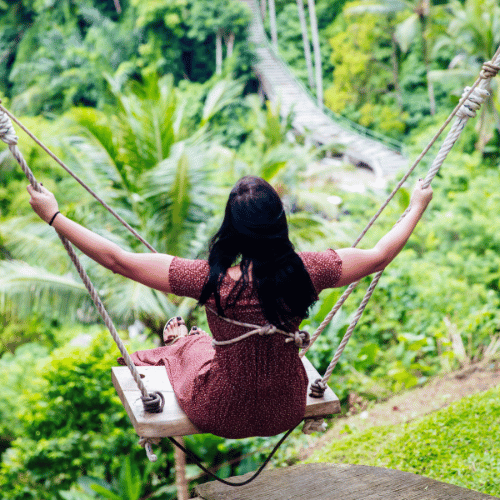
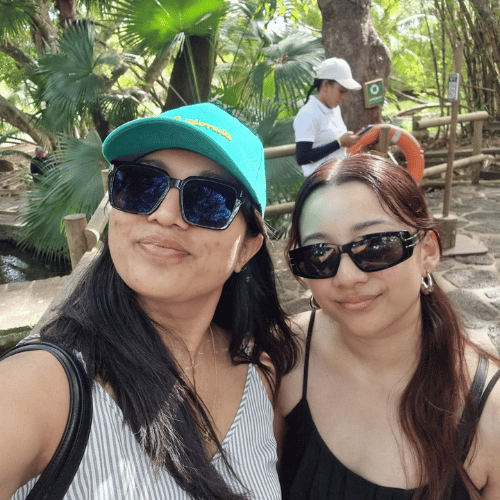
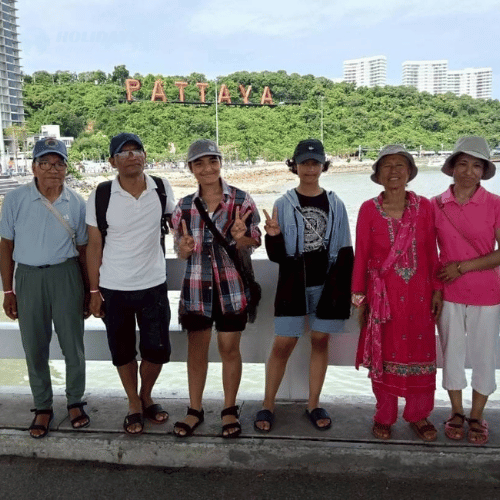
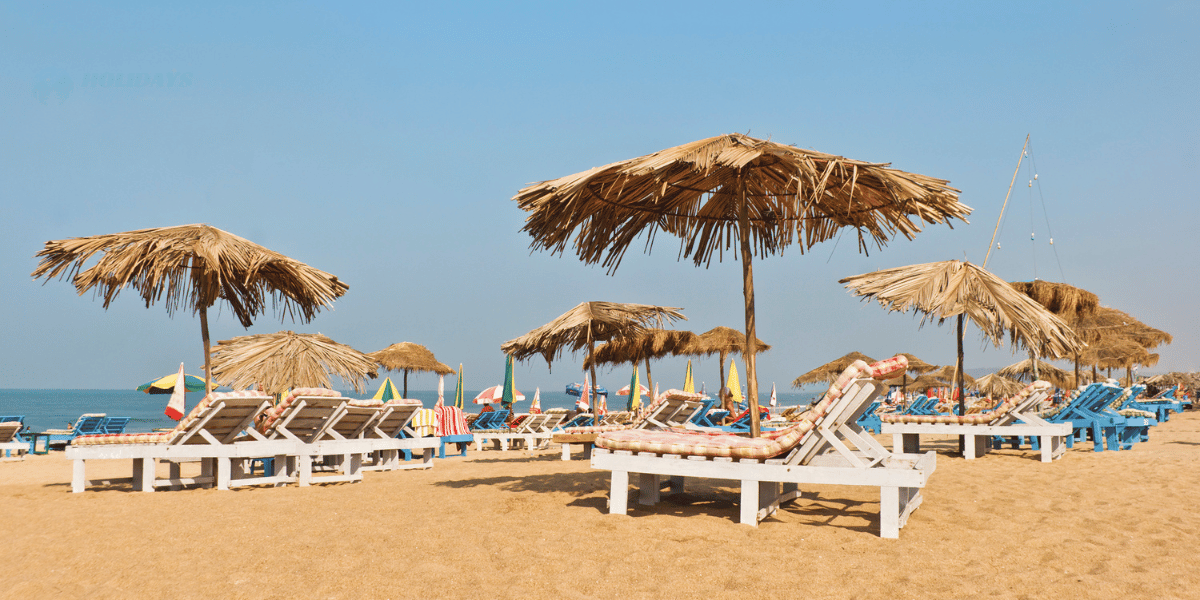
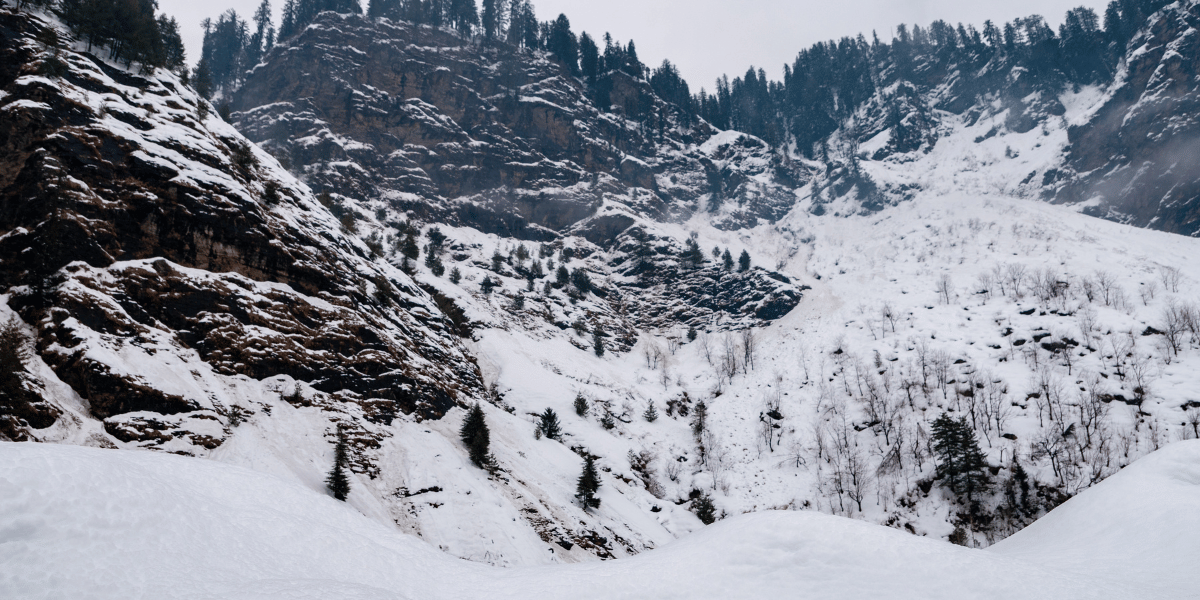
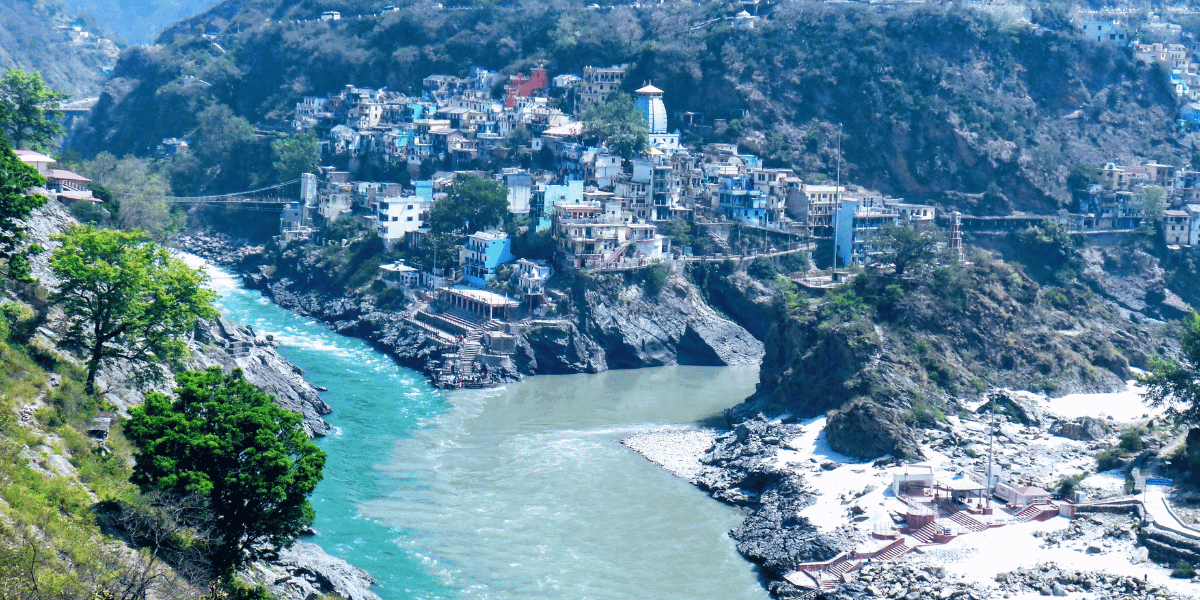
Thank you so much, Holidays to Nepal team, for their time and effort that they have put into our tour to make it memorable. Our holiday tour to Bali wouldn’t have been completed without your perfect and cosy planning. It was such a good experience, and I will definitely choose Holidays to Nepal for our next trip as well, and I highly recommend others choose them as their travel partner as well. Keep it up, and best of luck for more achievements.